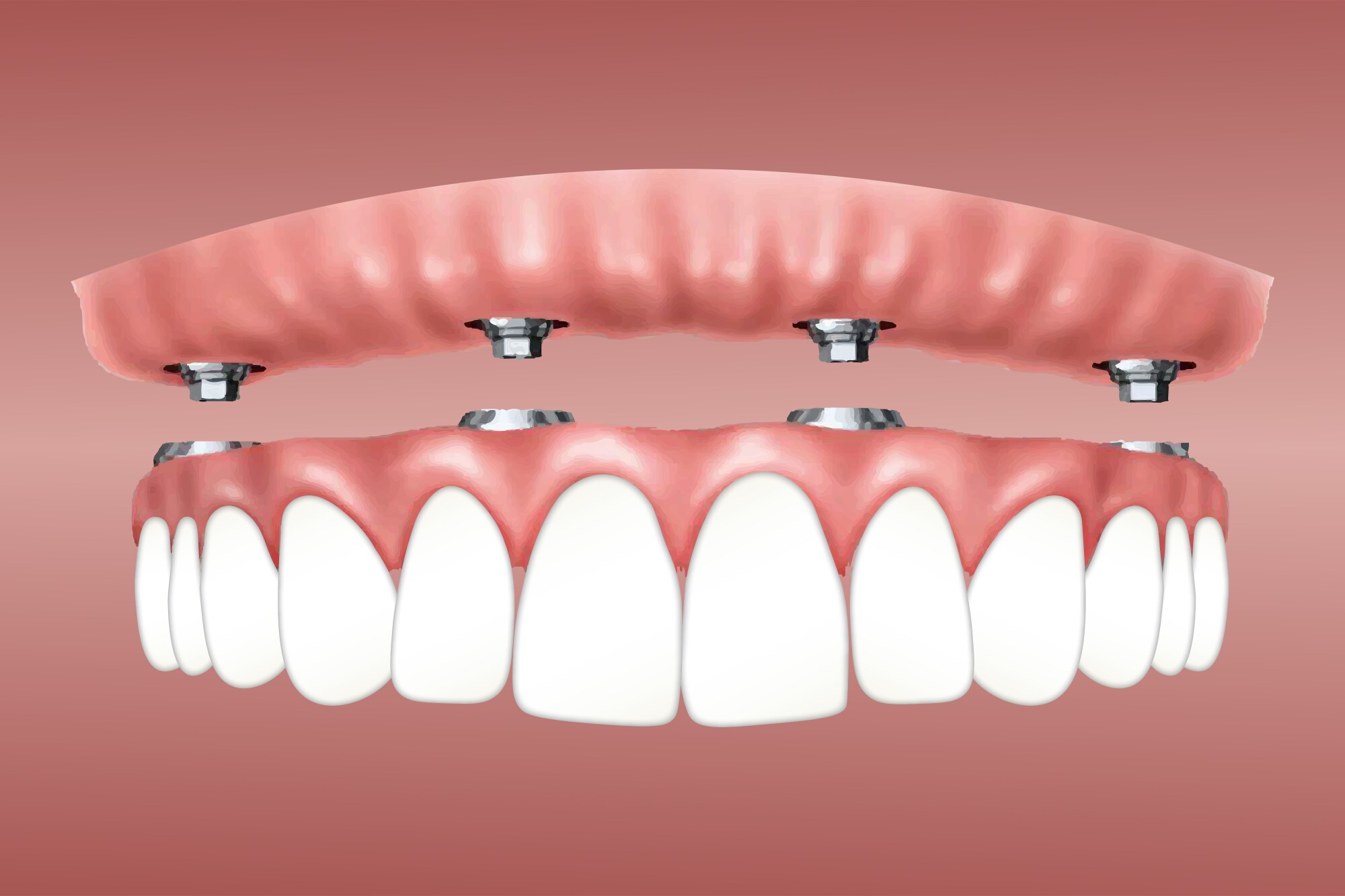Rumored Buzz on Dental Sense
Rumored Buzz on Dental Sense
Blog Article
The Main Principles Of Dental Sense
Table of ContentsWhat Does Dental Sense Mean?Get This Report on Dental SenseNot known Facts About Dental SenseAll About Dental Sense
are medical tools surgically dental implanted right into the jaw to bring back a person's capacity to chew or their appearance. They offer support for man-made (phony) teeth, such as crowns, bridges, or dentures. When a tooth is lost as a result of injury or disease, a person can experience complications such as rapid bone loss, faulty speech, or modifications to chewing patterns that result in discomfort.Dental dental implant systems are composed of a dental implant body and oral implant abutment and might likewise include a joint addiction screw. Dental veneers cost. The dental implant body is operatively inserted in the jawbone in area of the tooth's origin. The dental implant abutment is normally affixed to the implant body by the abutment addiction screw and extends via gum tissues into the mouth to sustain the attached synthetic teeth
(https://www.domestika.org/en/dentalsense1)Framework of The Oral Implant System picking dental implants, speak with your oral provider regarding the prospective advantages and risks, and whether you are a candidate for the procedure. Points to take into consideration: Your general wellness is an essential consider establishing whether you are an excellent candidate for oral implants, how long it will require to recover, and just how long the implant may remain in location.
Smoking cigarettes might impact the healing process and reduce the long-lasting success of the dental implant. The healing process for the dental implant body may take numerous months or longer, during which time you normally have a temporary joint in area of the tooth. the oral implant treatment: Carefully adhere to the dental hygiene directions offered to you by your oral provider.
All About Dental Sense
Implant failing can result in the need for one more surgery to take care of or replace the dental implant system. Brings back the ability to eat Restores aesthetic look Aids maintain the jawbone from diminishing due to bone loss Protects the health of the bordering bone and periodontals Helps maintain nearby (neighboring) teeth secure Improves lifestyle Damages to surrounding natural teeth during implant placement Injury to the surrounding cells throughout surgical procedure, such as sinus perforation Injury during surgical treatment (for instance, crack of bordering jawbone) Poor function, such as seeming like the teeth do not bite with each other normally An experience that the tooth is loose or turning in location resulting from a joint screw loosening Implant body failing (looseness of the dental implant body) as a result of systemic infection, which may be a lot more most likely in clients with unrestrained discover here diabetes as a result of local infection in bone and periodontals sustaining the implant body due to delayed healing, which might be more probable in individuals that smoke Problem cleaning up the gums around the implant, leading to bad oral health Unattended periodontal condition Post-surgical pins and needles as a result of nerve impingement or damages Always notify healthcare suppliers and imaging professionals that you have oral implants before any type of magnetic resonance imaging (MRI) or x-ray treatments.
FDA is not mindful of any type of adverse occasions reported for MRI or x-ray procedures with oral implants. Dental implants systems are normally constructed from products that adhere to global agreement standards of the International Company for Standardization (ISO) or ASTM International. These requirements have details of what makes a secure material.

A dental implant is a structure that replaces a missing tooth. With screw-like tools, the surgeon inserts a dental implant right into the jawbone, and it acts as an anchor for a fabricated tooth, called a crown. A tool called a joint attaches the synthetic tooth to the dental implant. The crown is customized to fit the person's mouth and match the color of their teeth.
Dental Sense - Truths
Some individuals are not qualified for dental implant surgical procedure. It is for oral specialists to run on people with: intense illnessuncontrollable metabolic diseasebone or soft tissue illness or infectionIf these problems are resolved, an individual can have the surgery. In, dental specialists avoid running on people with: If individuals with any of the above undergo dental implant surgery, there is a greater danger of the dental implant failing.

Oral implant surgical procedure is a personalized procedure. It's not the same for everyone. The complying with provides a general review of what you can expect your dental practitioner, dental cosmetic surgeon, periodontist or prosthodontist to do: Place the dental implant operatively. Offer you time to recover. Attach the blog post and last crown, bridge or denture.
Next, your doctor will very carefully put the oral implant right into your jaw. If your dental implant is near the front of your mouth, your dental professional will make a temporary tooth for you to use till you recover.
Little Known Facts About Dental Sense.
During the recovery phase, your jawbone should fuse to the oral implant. This process can take anywhere from 3 to 9 months.
Once your dental implant heals, your dental professional can affix the abutment (little port message) and your final remediation (crown, bridge or denture). This typically takes about one hour to finish and might require a 2nd small surgical procedure. You shouldn't really feel any pain throughout your dental implant procedure because your provider will use medicine to numb your gum tissues.
Report this page